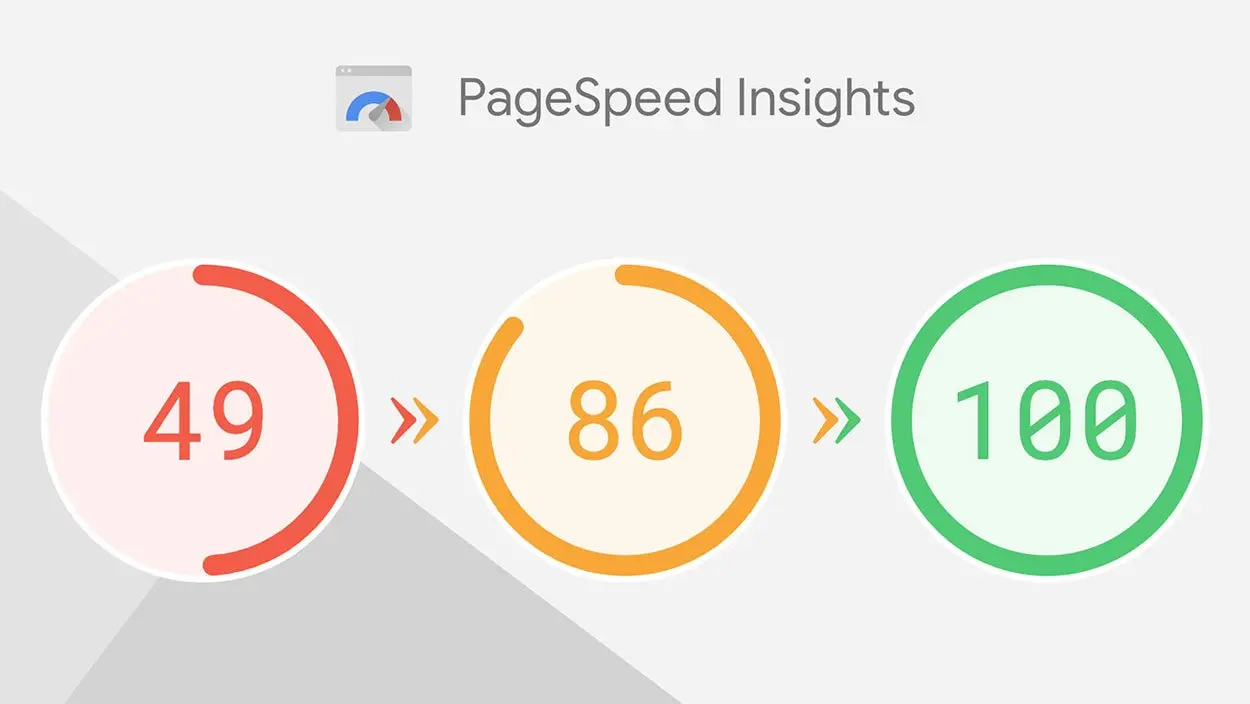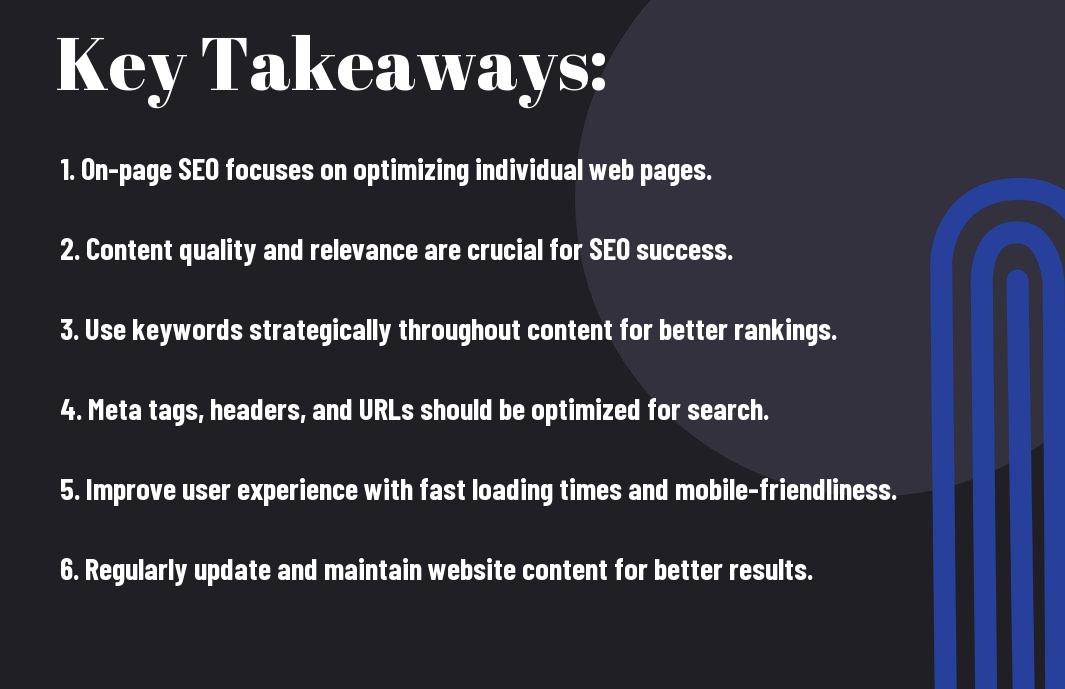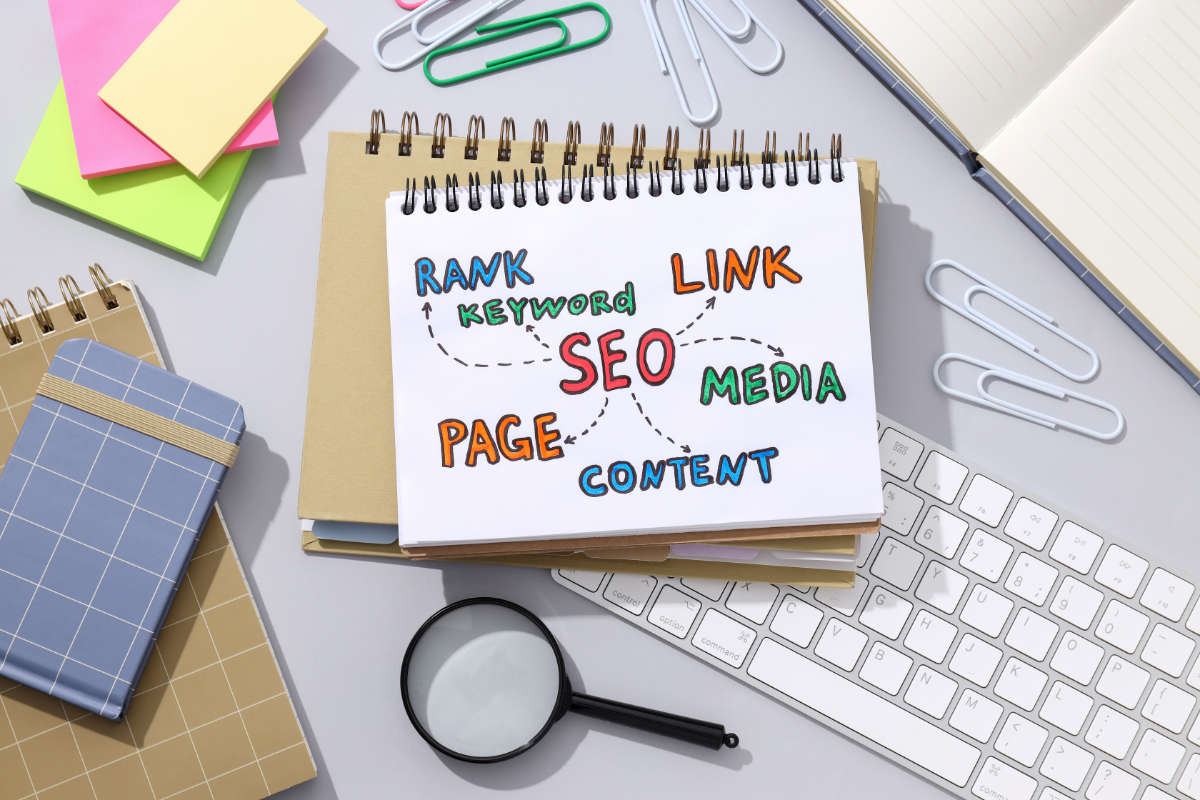With the ever-evolving landscape of digital marketing, understanding the basics of on-page SEO is crucial for anyone looking to enhance their online presence.
In this beginner’s guide, we will probe into the fundamental principles of on-page SEO and how it can significantly impact your website’s visibility and ranking on search engine results pages.
Key Takeaways:
- On-page SEO fundamentals: It is crucial to understand the basics of on-page SEO, including optimizing titles, meta descriptions, headings, and content for relevant keywords.
- Importance of quality content: High-quality, relevant, and engaging content is crucial for on-page SEO success. It not only attracts visitors but also improves search engine rankings.
- Optimizing images: Images play a vital role in on-page SEO. Make sure to optimize image file names, alt tags, and sizes to enhance the overall user experience and SEO performance.
- Mobile optimization: With the increasing use of mobile devices, optimizing your website for mobile is critical for on-page SEO. Ensure your site is responsive and provides a seamless experience across different devices.
- Monitoring and testing: Regularly monitor and test your on-page SEO strategies to identify what is working and what needs improvement. Use tools like Google Analytics and Search Console to track your performance and make data-driven decisions.
Fundamentals of On-Page SEO
Definition of On-Page SEO
Some of the fundamentals of on-page SEO involve optimizing individual web pages to rank higher and earn more relevant traffic in search engines.
This process includes various elements such as optimizing content, meta tags, images, and URLs, among others.
The primary goal of on-page SEO is to make your website more accessible and understandable to search engine crawlers, thereby improving your chances of ranking higher in search engine results pages (SERPs).
The Role of On-Page SEO in Search Engine Rankings
Some of the fundamentals of on-page SEO involve understanding the crucial role it plays in determining your website’s search engine rankings.
By optimizing on-page elements such as titles, headings, and meta descriptions, you can improve your website’s relevance and authority in the eyes of search engines like Google.
This, in turn, can lead to higher visibility and organic traffic, making it necessary for any website looking to improve its online presence.
With on-page SEO, you have direct control over how your website is perceived by search engines, making it a crucial aspect of any comprehensive SEO strategy.
Fine-tuning on-page elements and ensuring they align with best practices, you can enhance your website’s chances of ranking well and reaching your target audience effectively.
Technical Elements of On-Page SEO
URL Structure
An important technical element of on-page SEO is the URL structure of your website. It plays a crucial role in helping search engines understand the content of your page.
A well-structured URL can also make it easier for users to navigate your site.When creating URLs, it is advisable to use descriptive keywords that accurately reflect the content on the page.
Avoid using generic URLs with random numbers or symbols, as they are not user-friendly and can hurt your SEO efforts.

Site Speed and Performance
One of the key technical elements that can impact your on-page SEO is site speed and performance.
Search engines like Google consider page speed as a ranking factor, meaning that faster-loading pages are more likely to rank higher in search results.
A slow website can result in a poor user experience, leading to higher bounce rates and lower rankings. To improve site speed, consider optimizing images, leveraging browser caching, and minimizing server response times.Understanding the importance of site speed and performance is crucial for the success of your SEO efforts.
By investing time and resources in optimizing your website’s speed, you can improve user experience, increase conversion rates, and boost your search engine rankings.

Mobile-Friendliness
For a website to succeed in today’s digital landscape, it must be mobile-friendly. Mobile-friendliness is not just about responsive design but also about providing a seamless user experience across all devices.
With the majority of internet users accessing the web via mobile devices, search engines like Google prioritize mobile-friendly websites in search results.
To ensure your website is mobile-friendly, make sure it is responsive, has easy navigation, and loads quickly on mobile devices.
Mobile-friendliness is a key factor in on-page SEO and cannot be overlooked. By optimizing your website for mobile users, you can improve your visibility in search results, drive more traffic, and provide a better user experience for your audience.
Secure Sockets Layer (SSL)
The use of Secure Sockets Layer (SSL) is another technical element that can impact your on-page SEO efforts.
SSL is a security protocol that encrypts data transmitted between a user’s browser and your website, ensuring that information remains secure and private.
Websites with SSL certificates are given a slight ranking boost by search engines, as they are considered more trustworthy and secure.
Implementing SSL on your website is not only beneficial for SEO but also vital for building trust with your audience and protecting sensitive data.
To ensure your website is secure and trustworthy, it is recommended to install an SSL certificate. This will not only benefit your SEO efforts but also provide a secure browsing experience for your users, ultimately improving your website’s credibility and reputation.
Content Optimization
Keyword Research and Selection
On-page SEO begins with thorough keyword research and selection. This process involves identifying relevant keywords that your target audience is likely to search for.
Understanding the search intent behind these keywords is crucial in creating content that will resonate with your audience.
Content Relevance and Quality
For optimal content optimization, it’s crucial to focus on both relevance and quality. Your content should not only be aligned with the keywords you are targeting but also provide valuable information to your readers.
Search engines prioritize content that is well-written, comprehensive, and user-friendly.
Quality content not only helps improve your search engine rankings but also enhances user engagement and encourages repeat visits.
Consistently producing high-quality content that addresses the needs and interests of your target audience, you can establish your website as a reputable source of information in your industry.

Title Tags and Meta Descriptions
Content optimization also involves crafting compelling title tags and meta descriptions for your web pages.
These elements serve as the first points of contact between your content and search engine users, influencing click-through rates and overall visibility in search engine results.
Relevance is key when creating title tags and meta descriptions. Including your target keywords and a concise, descriptive summary of the page’s content can help search engines understand the context of your page and display relevant information to users.
Header Tags and Content Structure
With proper utilization of header tags and a well-structured content hierarchy, you can enhance the readability and SEO-friendliness of your web pages.
Header tags (H1, H2, H3, etc.) help search engines understand the organization of your content and prioritize important information.The strategic use of header tags also improves the user experience by breaking up content into digestible sections and guiding readers through the main points of your page.
By incorporating relevant keywords in your header tags, you can further optimize your content for search engines while providing a clear and organized structure for your audience.

Image Optimization and Alt Text
Optimization of images and alt text is another crucial aspect of content optimization. Images not only enhance the visual appeal of your content but also provide valuable opportunities to incorporate keywords and improve accessibility for users with visual impairments.
Keyword-rich alt text descriptions help search engines understand the context of your images and can contribute to your overall SEO strategy.
When optimizing images, ensure that file sizes are minimized for faster loading times, and utilize descriptive file names to further enhance the relevance of your visual content.
The User Experience (UX) and On-Page SEO
Now, let’s examine into the crucial connection between user experience (UX) and on-page SEO. A positive user experience not only keeps visitors engaged on your website but also impacts your site’s search engine optimization.
Search engines like Google analyze user behavior metrics to assess the quality of a website, making UX a key factor in on-page SEO.
Click-Through Rates (CTR) and their Influence
To begin with, Click-Through Rates (CTR) play a significant role in determining the effectiveness of your SEO efforts. When users see your website in search engine results, the CTR indicates how many of them actually click through to your site.
By crafting compelling meta titles and descriptions, you can improve your CTR, leading to higher organic traffic and better search rankings.
Bounce Rate and Time on Site
Time on site and bounce rate are vital metrics that influence both user experience and SEO rankings. The bounce rate refers to the percentage of visitors who leave your site after viewing only one page.
On the other hand, time on site measures how long visitors stay on your website.
Balancing these metrics is crucial, as a high bounce rate and low time on site signal to search engines that your content may not be relevant or engaging for users.
The bounce rate and time on site give search engines insights into how users interact with your website.
A high bounce rate coupled with a short time on site may indicate a mismatch between user intent and your content, prompting search engines to lower your rankings.
To improve these metrics, focus on providing valuable, engaging content that keeps visitors on your site longer and encourages them to explore further.
Internal Linking and Site Architecture
Any comprehensive on-page SEO strategy should include internal linking and site architecture optimization. Internal linking helps search engines understand the structure of your website and establishes relationships between different pages.
By strategically linking relevant pages within your site, you can improve navigation for users and distribute link equity throughout your site, enhancing SEO performance.
Plus, a well-designed site architecture not only enhances user experience by making it easier for visitors to find information but also helps search engines crawl and index your site more effectively.
Organizing your content logically and optimizing your site’s architecture, you can boost visibility in search results and create a seamless browsing experience for users.

On-Page SEO and HTML
An imperative aspect of on-page SEO is ensuring your website’s HTML is optimized for search engines to properly crawl and index your content. Understanding how certain HTML elements impact SEO is crucial for maximizing your site’s visibility in search engine results.
Sitemaps and Robots.txt
Keep in mind that creating a sitemap allows search engines to discover and index all your website’s pages efficiently.
A sitemap acts as a roadmap for search engine crawlers, guiding them to the most important pages on your site.
Additionally, utilizing a robots.txt file can help you control which pages search engines can access, ensuring that sensitive or irrelevant pages are not indexed.
Structured Data and Schema Markup
For optimal SEO performance, incorporating structured data and schema markup on your website is highly recommended. These elements provide search engines with additional context about your content, helping them understand the relevance of your pages better.
By implementing structured data, you can potentially enhance your search engine listings with rich snippets, increasing click-through rates and visibility in search results.
An effective way to implement structured data is by using Schema.org markup, a standardized vocabulary that search engines like Google can easily interpret.
Tagging specific elements on your website with schema markup, you provide search engines with valuable information about your content, increasing the likelihood of it being featured prominently in search results.
Canonical Tags and 404 Pages
An important aspect of on-page SEO is managing canonical tags and handling 404 error pages effectively. Canonical tags help search engines identify the preferred version of a webpage when duplicate content exists, preventing potential SEO issues.
On the other hand, customizing your 404 error pages with helpful information and links can improve user experience and retain visitors on your site.
Setting up proper canonical tags and customizing your 404 error pages, you can enhance user experience and maintain a healthy website structure, ultimately boosting your site’s overall SEO performance.
The Importance of Content Freshness
With the ever-changing landscape of the internet, it’s crucial to keep your content fresh and up-to-date. Regular updates not only help in retaining relevance and authority but also signal search engines for more frequent indexing of your pages.
This can lead to higher visibility and better rankings in search results.
Social Media Integration and Signals
The integration of social media signals into your website can have a significant impact on your SEO efforts.
Social signals such as likes, shares, and comments can indicate to search engines the popularity and relevance of your content. This can ultimately boost your search engine rankings and drive more organic traffic to your site.
This chapter will probe into how you can harness the power of social media integration to enhance your on-page SEO strategies.
Strategically incorporating social signals into your content and actively engaging with your audience on social platforms, you can create a synergistic effect that amplifies your SEO efforts and maximizes your online presence.
Page Engagement and Comments
With the rise of user-generated content and social platforms, page engagement has become a crucial factor in determining the success of your on-page SEO efforts.
Encouraging user interaction through comments, shares, and likes not only enhances the user experience but also signals to search engines the value and relevance of your content.
This can lead to higher rankings and increased visibility in search results.
OnPage engagement metrics such as time on page, bounce rate, and click-through rate are increasingly important factors that search engines consider when evaluating the quality of your content.
Optimizing for these metrics and encouraging user engagement, you can create a more compelling and authoritative online presence that resonates with both users and search engines.

Measuring On-Page SEO Success
Many website owners and digital marketers often struggle with measuring the success of their on-page SEO efforts.
It’s crucial to track and analyze various metrics to understand the impact of your SEO strategies and make informed decisions to improve your website’s performance in search engine result pages (SERPs).
Tools for Tracking On-Page SEO Performance
OnPage SEO tools play a significant role in monitoring and evaluating your website’s on-page SEO performance.
Tools like Google Analytics, Google Search Console, Moz, SEMrush, and Ahrefs provide valuable insights into important metrics such as organic traffic, keyword rankings, click-through rates, bounce rates, and more.
These tools help you track changes over time, identify trends, and measure the effectiveness of your on-page optimization efforts.
Analyzing On-Page SEO Metrics
The analysis of on-page SEO metrics is crucial for understanding how well your website is performing in search engines.
Analyzing metrics like keyword rankings, organic traffic, user engagement, and conversion rates, you can gain valuable insights into what is working well and what areas need improvement.
This data-driven approach allows you to make data-informed decisions to optimize your on-page SEO strategies for better results.
The data from on-page SEO metrics can also help you identify potential issues, such as high bounce rates or low conversion rates, and take corrective actions to improve the overall performance of your website.
Regularly monitoring and analyzing these metrics, you can track your progress, make adjustments to your SEO strategies, and ultimately drive more organic traffic and achieve higher rankings in SERPs.
Applying On-Page SEO Strategies: Step-by-Step Guide
After understanding the basics of On-Page SEO, it is imperative to know how to apply these strategies effectively. This step-by-step guide will walk you through the process of conducting an On-Page SEO audit, creating an action plan for optimization, and implementing SEO improvements on your website.
Conducting an On-Page SEO Audit
Step-by-step, let’s commence on the journey of conducting an On-Page SEO audit. The first step is to analyze your website’s current performance in terms of SEO.
This involves reviewing key elements such as meta tags, headings, internal linking structure, and quality of content.
The second step is to identify any technical issues that may be hindering your website’s visibility on search engines.
This includes checking for broken links, page speed, mobile responsiveness, and overall site health.
Creating an Action Plan for On-Page Optimization
To create an effective action plan for On-Page SEO optimization, start by prioritizing the areas that need improvement based on your audit findings. Set specific goals and objectives for each aspect of optimization, such as improving meta descriptions, optimizing images, or enhancing keyword relevance.
Develop a timeline for implementation and assign responsibilities to team members if necessary. Regular monitoring and tracking of progress will be crucial to ensure the success of your action plan.
Guide: It is important to remember that On-Page SEO is an ongoing process that requires continuous monitoring and adjustment. Keeping up to date with industry trends and search engine algorithms will help you stay ahead of the competition and maintain a strong online presence.
Implementing On-Page SEO Improvements
OnPage, it is time to implement the On-Page SEO improvements outlined in your action plan. This involves making changes to your website’s content, meta tags, images, and internal linking structure as needed.
Ensure that all optimizations are aligned with best practices and follow search engine guidelines.
Regularly check for any new issues that may arise and make adjustments accordingly to improve your website’s overall SEO performance.
Optimization: Remember that successful On-Page SEO optimization requires a combination of technical expertise, strategic planning, and consistent effort.
Following this step-by-step guide and staying proactive in your approach, you can enhance your website’s visibility and drive more organic traffic to your site.

Conclusion
So, as a beginner delving into the world of SEO, understanding on-page optimization is a crucial step towards improving the visibility and ranking of a website.
Paying attention to elements such as keywords, meta tags, header tags, and internal linking, you can create a strong foundation for boosting your website’s search engine performance.
Incorporating these basic on-page SEO techniques can make a significant difference in how search engines crawl and index your website.
With practice and continuous learning, you can enhance your website’s SEO strategy and attract more organic traffic.
Be mindful of, on-page SEO is just one piece of the puzzle, but mastering it is an necessary component of any successful digital marketing strategy.
FAQ
Q: What is On-Page SEO?
A: On-Page SEO refers to the optimization of various elements on a website to improve its search engine rankings and attract organic traffic. This includes optimizing content, meta tags, images, and internal links.
Q: Why is On-Page SEO important?
A: On-Page SEO is crucial because it helps search engines understand the content and purpose of a website, making it more likely to rank higher in search results. Proper optimization also enhances user experience and increases the likelihood of conversions.
Q: What are some key elements of On-Page SEO?
A: Key elements of On-Page SEO include keyword optimization, high-quality content, meta tags, image optimization, URL structure, internal linking, and user-friendly design. Each of these elements plays a role in improving a site’s search engine visibility.
Q.How can I optimize keywords for On-Page SEO?
A: To optimize keywords for On-Page SEO, conduct keyword research to identify relevant terms, strategically place them in titles, headings, and throughout content, and avoid keyword stuffing. Utilize long-tail keywords and synonyms to improve visibility and attract targeted traffic.
Q.What are some best practices for On-Page SEO?
A: Some best practices for On-Page SEO include creating high-quality, relevant content, optimizing meta titles and descriptions, using descriptive alt text for images, improving site speed and mobile responsiveness, and ensuring a clear site structure with intuitive navigation.


